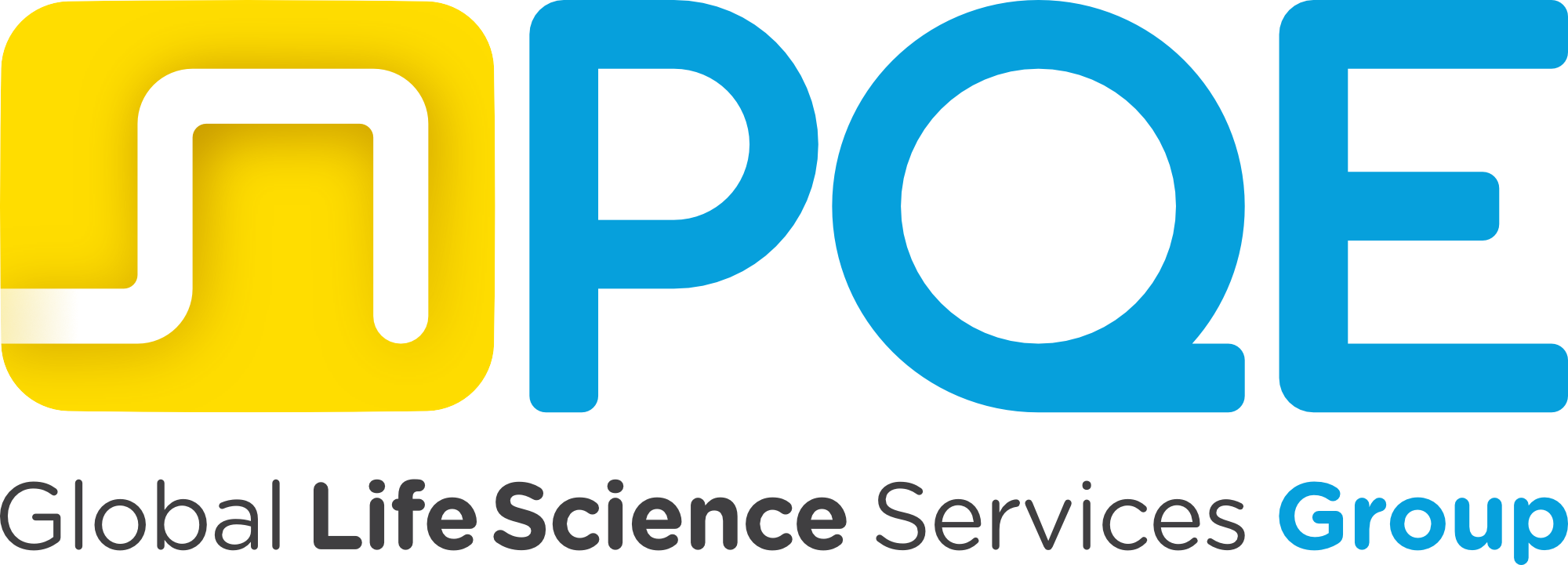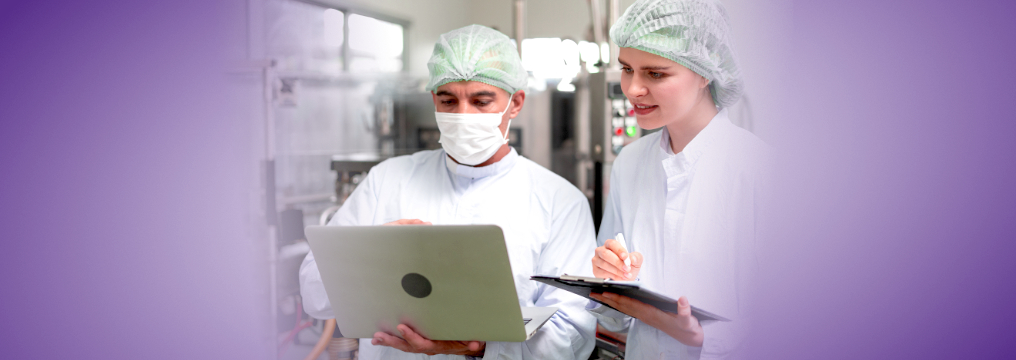Most regulatory agencies have published guidelines for manufacturers in order to introduce the auditee to the newly adapted way of carrying out inspections and to make them easier and more effective. These guidelines also allowed manufacturers to build their own remote auditing systems for their suppliers, and they were updated and supplemented during the pandemic. Some of the current versions of the guidelines can be found at the following links:
Planning and management
Planning a remote inspection is significantly different from planning an on-site inspection. It requires determining, up front, whether the auditee has the appropriate technical capabilities to remotely present both system and production documentation and, possibly even more important, whether the auditee is able to present areas related to the conducted activity using a live camera. However, it is important to keep in mind that it is not possible to enter every location with a camera. For example, certain areas, in particular the spaces where production of APIs occurs, may be subject to a risk of explosion.
When planning, it is necessary to initially determine on which platform the audit will be carried out. The most popular solutions that are used are MS Teams, WebEx, Zoom or Skype. This list is, of course, not exhaustive and the communication platform used during the audit usually depends on the software owned by the auditee. These platforms are used not only for communication during the audit, but can also be used to share documents. Another solution used by the auditee is to place documents for auditors in the cloud.
As we did for traditional on-site audit plans, to facilitate the remote audit, we put a list of documentation to be presented during the audit itself. For remote audit plans we can include a list with a request for the auditee to send certain documents or put them on a sharing portal prior to the audit. This allows us to significantly save the waiting time associated with the need to find or scan specific documents.
It is obvious that the costs of remote audits are much lower than those of on-site audits because we do not have travel and accommodation costs. Therefore, it creates additional possibilities, for example, to increase the number of auditors so that, despite the limitations posed by remote audit, it can be carried out in a more effective manner.
The execution
Remote audits generally consist of the same elements as traditional audits, i.e., an opening meeting, facility tour, documentation review, and summary/wrap up meeting. But typically, more time is devoted to documentation review due to the limited role of the facility tour.
Remote inspections are different from on-site inspections as the key element, which is usually a facility tour, is conducted in a way that sometimes significantly limits the auditor's perceptual abilities. Apart from the limitations resulting from the technologies used, i.e., both the cameras themselves and the possibility of live image transfer without significant losses in image quality, there is still the question of the actual camera operator. It is clear that we cannot require a manufacturer of medicinal products or APIs to hire a professional camera operator so that an auditor can watch a high-quality live video. Therefore, it happens that auditors may watch a blurry image from a camera that moves too fast to focus, or the image switches horizontally or vertically if the auditee uses a mobile phone.
It also happens that the auditee, referring to technical limitations, shows the production areas only on previously recorded films or prepared photos. The quality of such photos and videos is usually better than the live image, but it leaves a certain lack of satisfaction because they were prepared earlier and do not reflect the condition on the day of the actual audit. They also do not show the behaviour of production employees, which is also an important element of GMP compliance assessment.
All of this must be compensated by the auditor with a documentation review. If the auditee has an electronic documentation system (eDMS), the review of documents is much easier because by providing the screen we gain direct access to the system so that we can check procedures and processes conducted electronically. On the other hand, documentation completed manually, i.e., production documentation, is scanned and sent by e-mail, placed on a sharing portal or in the cloud.
The follow-up
After the inspection is completed, a report is prepared in which it is clearly indicated that the inspection was carried out remotely. This information is emphasized by both competent bodies and auditors conducting audits of suppliers / contractors. Competent bodies, which issue certificates of compliance after the inspection, usually also indicate the form of remote audit in this report.
As a rule, reports and certificates from remote inspections are treated on a par with reports and certificates resulting from on-site inspections. Nevertheless, some agencies have stressed that in some risk-based cases, on-site inspections will take place as soon as the pandemic ends, despite a valid GMP certificate issued through remote inspection.
Summary
Remote audits are an extremely important tool in times of limited travel opportunities due to the ongoing pandemic situation around the world, because sometimes they are the only possible way of conducting an audit. However, they can never replace the traditional form of on-site auditing.
Most agencies declare that remote inspections will continue even after the global pandemic has ended, in addition to traditional on-site inspections. This approach is likely to be applied taking into account the individual situation of the entity, history of compliance with GxP and risk analysis.
For now, however, it is not fully known whether the competent authorities will accept remote audits of suppliers after the pandemic comes to an end.




